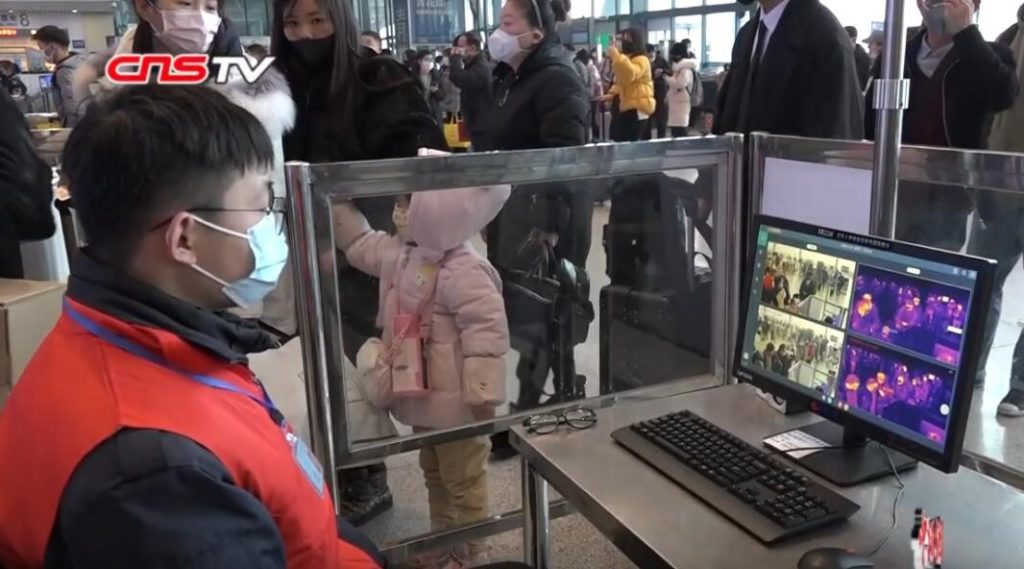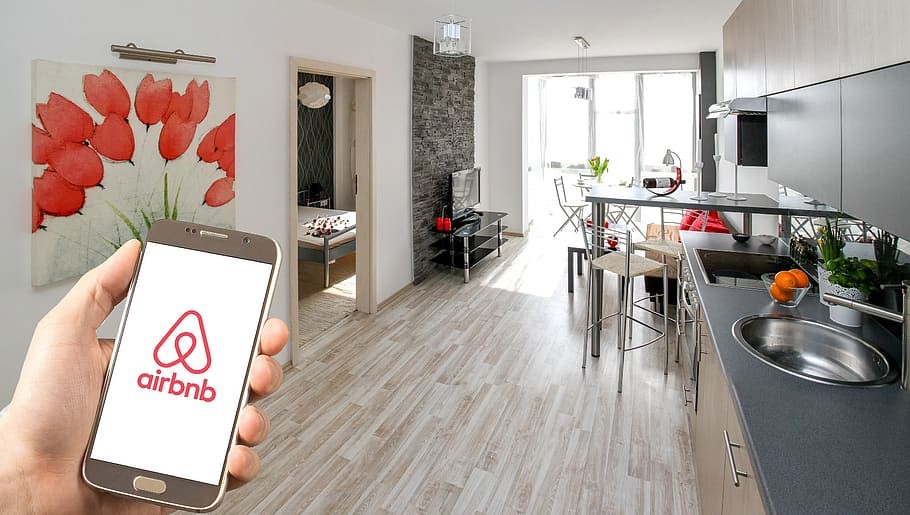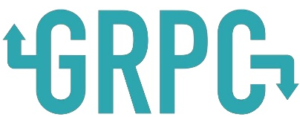Everything you need to know of the tech
tools for remote working

Remote work has become a standard part of many Americans’ work schedule. A Gallup poll indicated that almost 4 out of 10 employees in the country log some out-of-office work time, and 3 out of 10 of that group spend as much as four or five days per week out of their offices.
Why has this happened? First of all, almost half of the millennials are freelancers. Second, we are in the middle of a global pandemic, which means that remote working is starting to become a good idea for many individuals and companies. However, this unexpected situation may have caught you off guard, whether you are an employer or an employee.
But rest easy. Here we bring you all the technological tools you need to become a productive remote worker.
Remote desktop
If the pandemic caught you off guard during a trip and you can’t return to your home or if you have all of your files and assets in an office computer, don’t worry. All you need is a proper desktop app. TeamViewer is the free favorite. It allows file and clipboard transfer, wake-on-LAN, and offers a pretty simple setup. That’s the best choice for basic desktop access. Splashtop has a personal free version that supports screen share and pretty much everything TeamViewer offers; however, it has a small charge for iOS.
Real-Time Communication
Slack is great for real-time team chatting. It avoids bothersome email inboxes and allows you to create team chats on departments, projects, and whatever you can think about. You can send messages to the team chats or via DM to smaller groups or individual members. Mattermost is another fantastic option, as it’s an open-source, private cloud app.
For video chat, the best option is Zoom, especially for big team meetings. The pro version costs $15 but will allow you to have meetings with as much as 500 participants and the free version caps your sessions at 40 minutes. An alternative free choice is Google Hangouts, although it has a 25-people cap.
Project management
Basecamp is a stalwart in the project management field. It’s a web-based platform that includes task management, messaging and collaboration, task scheduling, reporting, and file sharing in a simple and straightforward interface. It costs $99 per year, allowing unlimited users. Asana is an excellent alternative as it has an amazing workflow and task management and has a timeline feature. It also gives managers plenty of flexibility to use it as a project map, a task assignment tool, or a workflow management tool.
Time management
If you’re a freelancer, Upwork has its own time-tracking tool that sends screen captures to your client and allows you to update what you’re working on. It helps you to know the time you’re dedicating to the project and charge accordingly, and it also lets your client see you’re not wasting his time. Timely is another time-tracking app that’s worth the check as it allows you to schedule tasks and track the time individually in real-time and immediately tracks earnings if you’re an hourly employee. Toggl is the best free choice if you want to measure your work productivity.







 Microsoft will start a pilot program to provide support for gRPC-Web in .Net Core and ASP.Net Core. The program will allow .Net Core gRPC client’s and ASP.NET Core gRPC apps’ to call directly the gRPC-Web, which is a significant advancement for developers. Let’s see some of the features and pros this may bring for IT teams.
Microsoft will start a pilot program to provide support for gRPC-Web in .Net Core and ASP.Net Core. The program will allow .Net Core gRPC client’s and ASP.NET Core gRPC apps’ to call directly the gRPC-Web, which is a significant advancement for developers. Let’s see some of the features and pros this may bring for IT teams.
